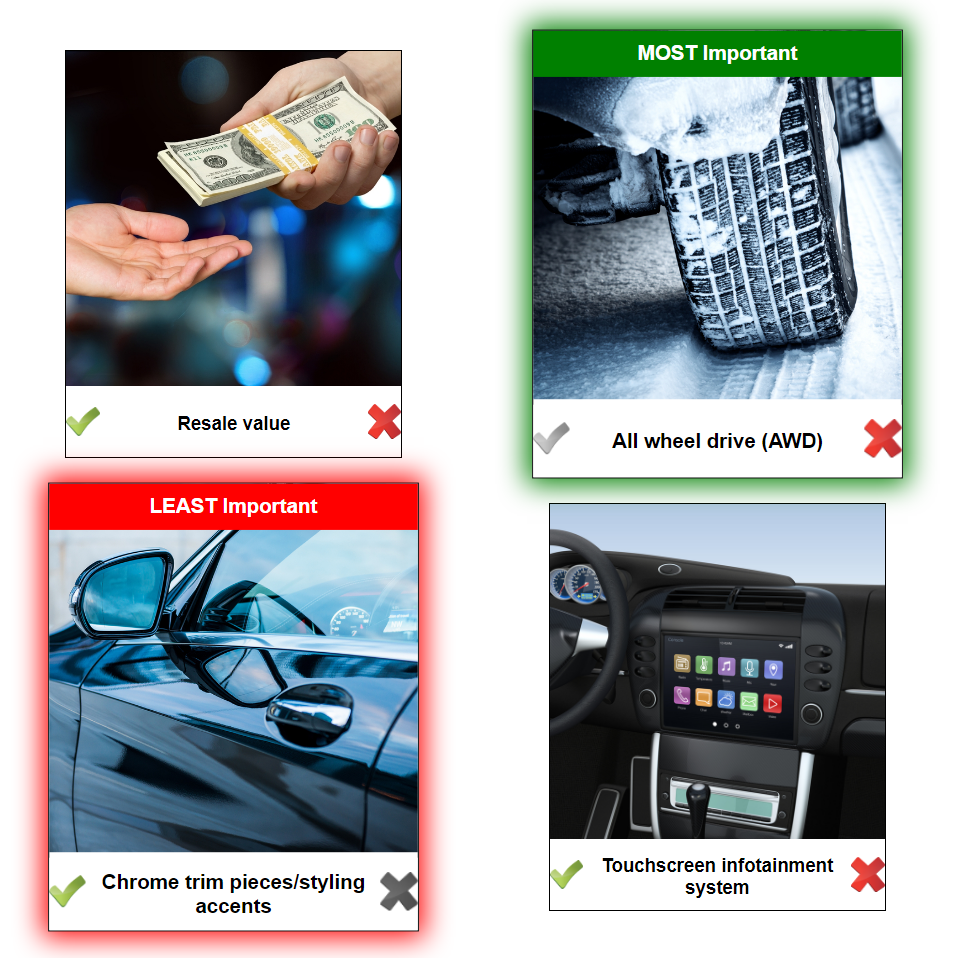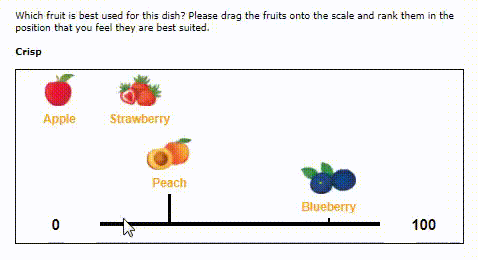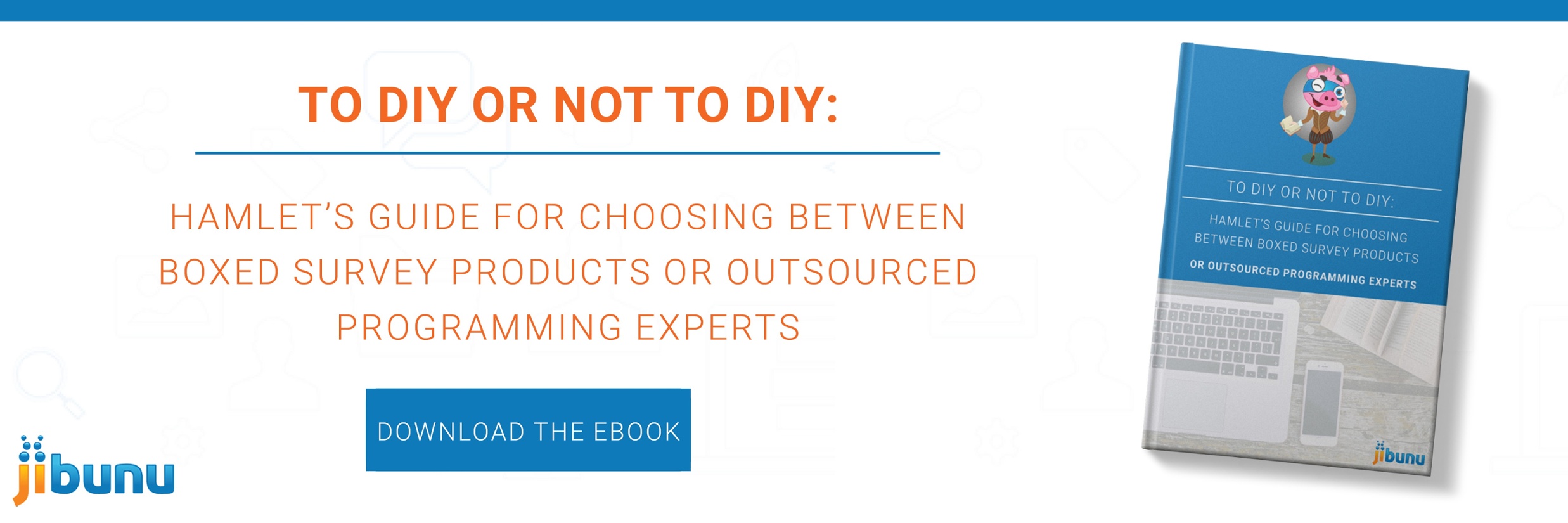Let’s face it. Surveys can be pretty boring. But they don’t have to be!
Typically, participants answer a series of questions to the best of their ability and, possibly, receive a reward. Survey fatigue is real and it can lead to incompletes and low response rates. All in all, surveys are more important to the businesses and organizations running them than the participants who are taking them. So, how do you get people to engage?
Incentives are a tried and true way to get people to participate, but they don’t necessarily make taking your surveys easier or more enjoyable. You also have to ask yourself whether offering an incentive is right for you.
Instead, you should focus less on incentives and more on the surveys themselves. Here are a few ideas that could help your participants get from start to finish with ease.
1. Focus on Respondent Experience
Before you add any bells and whistles to your survey, you first need to focus on the respondent experience. Namely, you need to determine whether or not your survey is accessible, easy to understand, and easy to take.
If your survey takes too long to complete or it doesn’t work properly on the devices your participants are using, that will lead to a drop in engagement. Using simple questions, optimizing your survey for mobile, and making your survey accessible to people with disabilities are all ways of enhancing the respondent experience.
2. Use Images
If it’s appropriate, use images in your surveys. It’s been said that your brain processes images 60,000 times faster than text and that 90% of the information sent to your brain is visual. Although the source for such claims is difficult to track down, you may want sprinkle a few images into your next survey just in case. These are especially useful for multiple choice questions, as each image can be representative of a response. Not only do images make your survey look more lively, they can even help participants differentiate between answers. For example the Max Diff question below uses images to help respondent visualize different features of a car.

3. Add Humor
Market research is serious business, but that doesn’t mean you have to take your survey too seriously. Adding jokes or funny images to your survey could make participants excited to fill it out. Ideally, they’ll be anticipating the next gag as they move on to the next question.
But be careful. Humor might not lend itself to some subject matter. For example, a joke might be off-putting in a survey about crime or healthcare. Keep in mind that not everyone has the same sense of humor. What’s funny to you might not be funny to others, so test your surveys first.
4. Use Interactive Survey Questions
Just because you’ve been designing survey questions the same way for years, doesn’t mean you can’t spice them up a bit. Interactive questions bring gamification, usability, and fun into your survey to make the respondent experience smoother and more intuitive.

Participants can use sliders to provide rankings and use drag and drop to sort items.

They can click on images, highlight text, or do more imaginative things with your survey questions. With a custom-coded survey, the possibilities are almost limitless.

5. Add Multimedia
Images are great for engagement, but why not video and audio? With custom survey programming, you can add practically any type of custom media you wish to your survey. Videos are ideal for relaying information in a fast and easy-to-understand format so participants don’t have to read a bulk of text to understand the context of what they’re being asked.
And you don’t have to stop at video and audio. You can add GIFs, memes, graphics, and other media to make your survey more engaging.
6. Let Participants Control the Survey Environment
Giving respondents control over their survey environment lets them take surveys the way they want. To do this, use an interface in which respondents can look at their previous answers, change answers, skip to specific questions, change the language of the survey, and even submit suggestions.
Most “boxed” survey products don’t have these types of features, but they’re possible if you partner with the right survey programming specialist. Giving respondents more control makes for a more efficient and enjoyable survey.
Final Thoughts
While it may be tempting to rely on a standard survey to collect data, making your surveys more engaging can lead to higher response rates and lower numbers of incompletes. These approaches can benefit your research, but they’re also great ways to build trust and get people more excited about taking your surveys.
Want to learn about more ways you can make engaging surveys? Reach out to us directly with your thoughts and questions.

